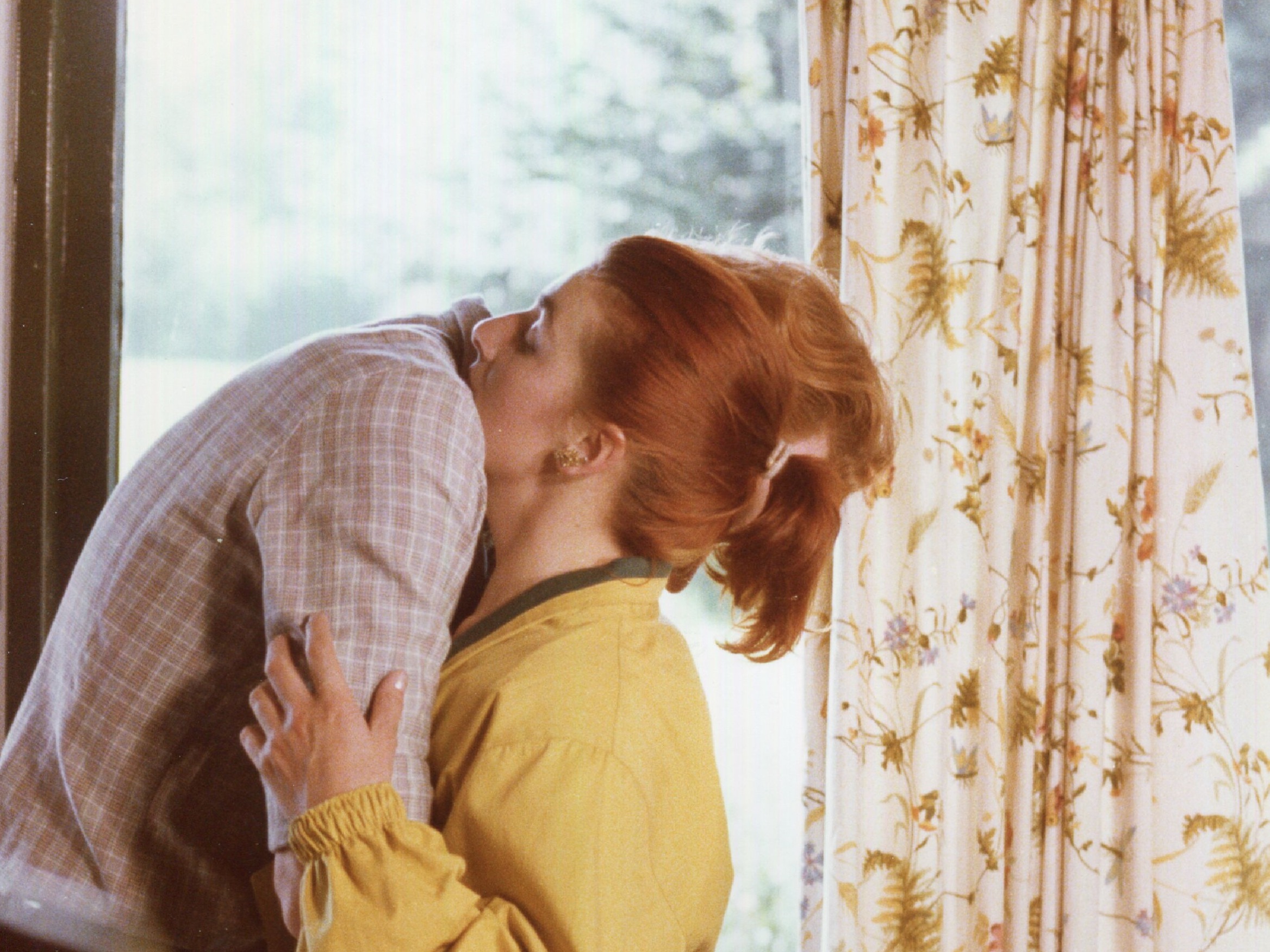Frans van de Staak
Frans van de Staak (1943–2001) was a Dutch filmmaker, artist, and engraver. He discovered cinema through Antonioni’s Il deserto rosso and went on to create a body of work at the intersection of literature, politics, and film. Trained as an artist and engraver, he founded the self-distributed journal CINEECRI and developed his early short films in the 1970s, often adapting texts by writers such as Korneliszoon Poot and Spinoza. These works privileged the musicality of speech and the everyday use of language, with performances by amateur actors recorded according to the rhythms of voice rather than conventional visual composition. At the end of the decade, he collaborated with Heddy Honigmann, who edited four of his films including his first feature, De onvoltooide tulp, and worked with poet Lidy van Marissing on screenplays exploring idioms and the interplay of poetry and film. His meticulous approach included building and restoring his own editing and recording equipment, enabling him to produce films on a small budget while mentoring young filmmakers. Later, he worked with professional actors while maintaining a style that combined rigor, playfulness, and attention to gesture, objects, and everyday elements. Jean‑Marie Straub described Van de Staak as the only true heir of Dziga Vertov. In 2025, CINEMATEK and Sabzian presented a retrospective of his work.





